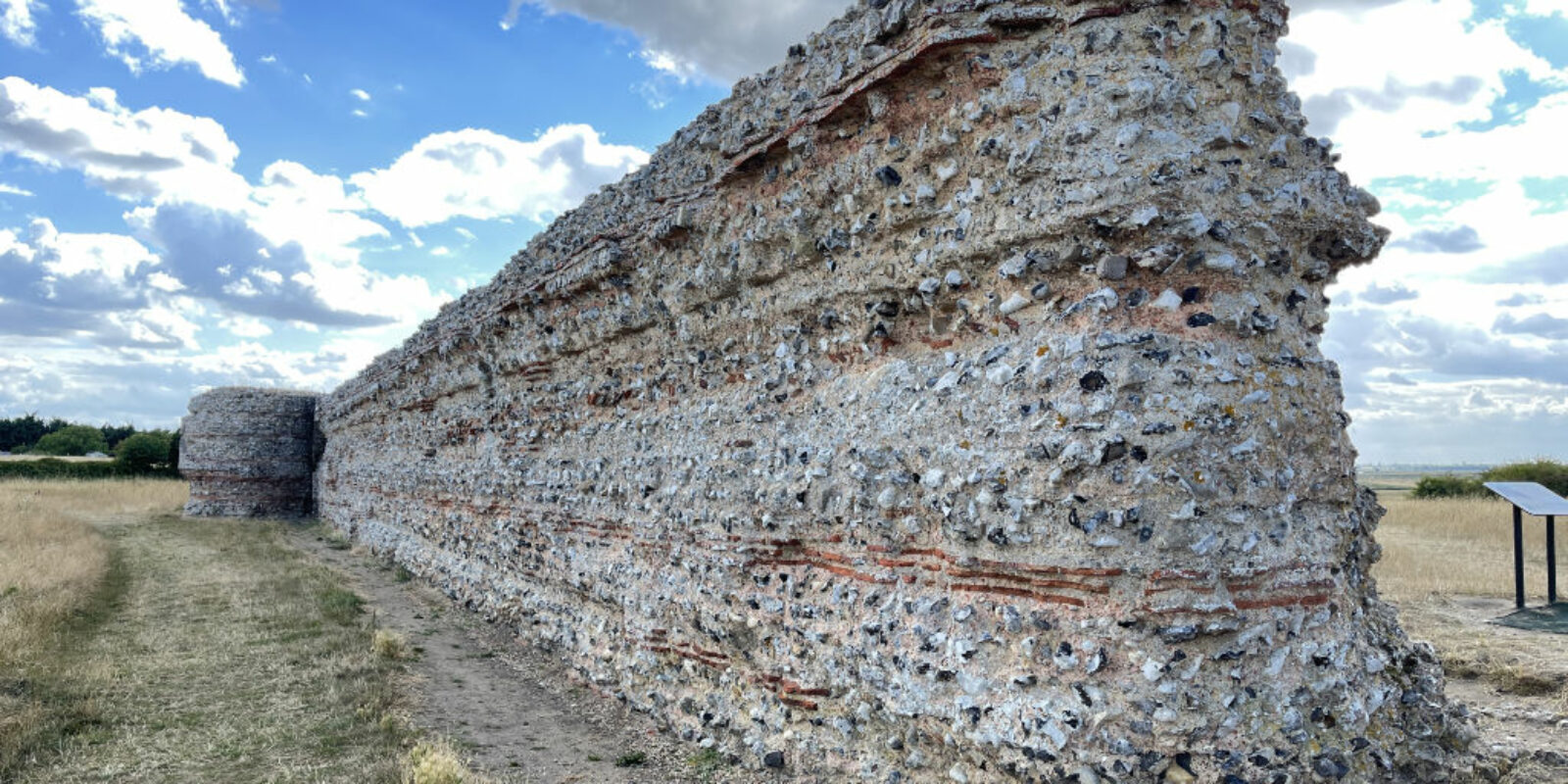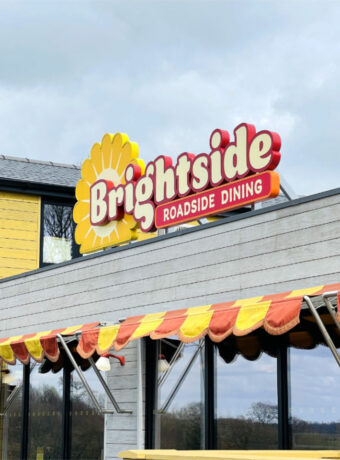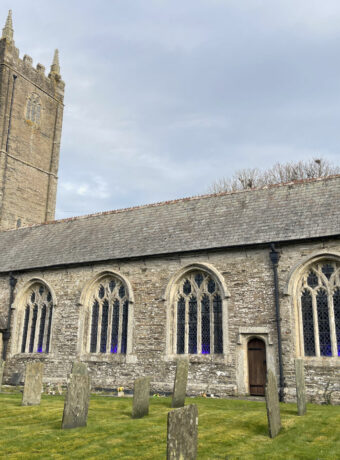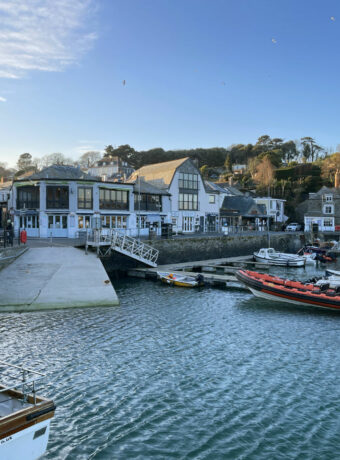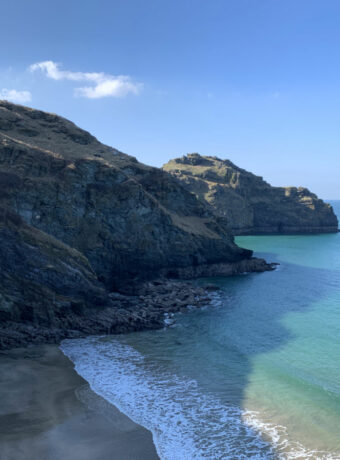All photos and images are copyright protected. Digital images and prints are available for purchase, please use the contact page or leave us a message below. All rights reserved
Located some 18 minutes drive from Great Yarmouth Beach is Burgh Castle, a roman fort ruin in Norfolk. The fort was built around AD300 when the coast was further inland. Right next to it in fact, making the roman fort a costal defence against forces from the east and south. For a small parking fee, you get to immerse yourself in this archeological wonder.

The site is managed by Norfolk Archaeological Trust with information hosted by English Heritage. Make your way to the parking lot, park and pay for parking then follow the signs to the fort by foot. What remains now are three huge stone walls, the fourth wall fell a long time ago into the marsh. All we see now is a U shaped structure from the air. It is quite a distant away from the parking lot so be prepared to walk. You enter by the East Gate, now a gap on the east wall.

Anglo-Saxon Settlement and Christian Monastery
Once there, there are information panels with colourful illustrations and photos dotted around the area. These will help you gain an insight into the life of Burgh Castle as a Roman fort and later as an Anglo-Saxon settlement and Norman Castle after the Romans left. Evidence of timber buildings and over 160 burials were found in the 50s and 60s that dates back to AD700-800.
By AD630 it may have accommodated an early Christian monastery called Cnobheresburg hence the Christian burial ground and graves close by.

Norman Castle
It was also a site for a Norman Castle as after the Norman Conquest in 1066, William the Conqueror gave English lands to barons to build castles on. An earth mound now flatted in the south-west corner of the fort was the chosen location for a small timber castle build around 11/12th century. The mound used part of the south wall leaving a big gap.
Even though it is now flattened, traces of the mound and ditch can still be seen near the south wall.

Back to Roman Times
During its Roman glory days, it was called Gariannonum by the Romans. It was one of around nine coastal forts known as Forts of the Saxon Shores in the eastern and southern England. These are used to protect themselves from seaborne raiders travelling from the Continent. At almost its original height, the fort is one of the best preserved Roman building in East Anglia.
Apart from Burgh Castle, other forts in Norfolk that forms the Forts of Saxon Shore include forts in Caister-on-Sea and Brancaster.

It is also used as a port and market for trade, exporting local pottery and grain to other parts of the world Back then, it formed part of the Roman empire’s trade network connecting Britain to Europe and going as far as Egypt, Palestine and Turkey. Such is the extend of the great Roman Empire.

Today, the coast line has moved out, and once deep water is now covered with reed beds. There is also a viewing platform overlooking the marshes and further information panels there. They look out to Breydon Water.

More Photos
Other Information
- There is a guided tour every Sunday from May to September at 2pm. You can book your place over at Eventbrite.
- English Heritage for parking, opening times, general information and history (English Heritage)
- A short history of Burgh Castle Roman Fort by Norfolk Archaeological Trust (NAT)
Location Map
Car Park Fees Applies.
Opening times are restricted to car park hours 8:00am to 8pm.
Address: Butt Lane, Burgh Castle , Great Yarmouth, Norfolk, NR31 9QB
